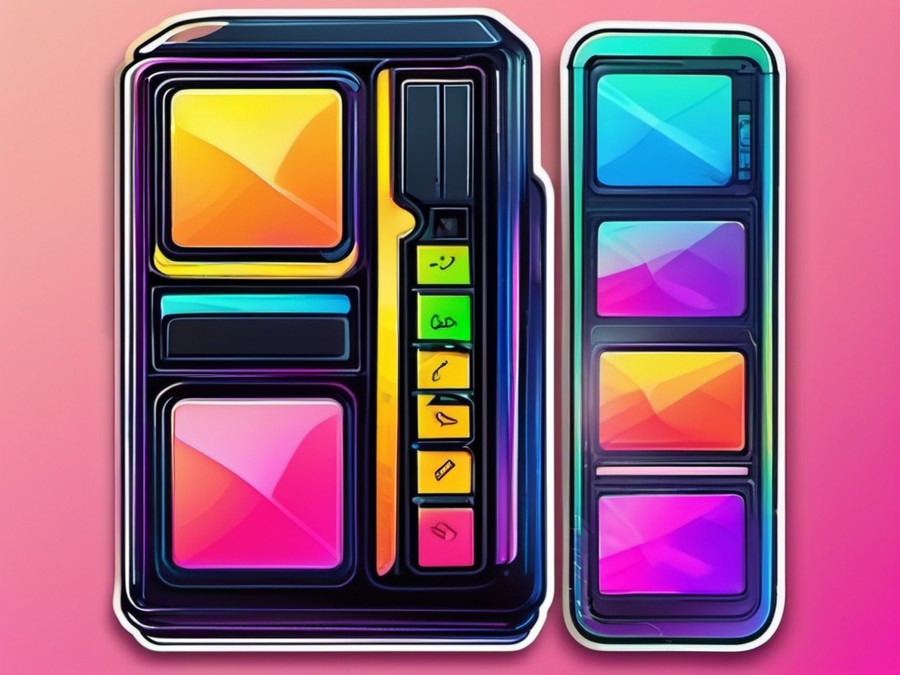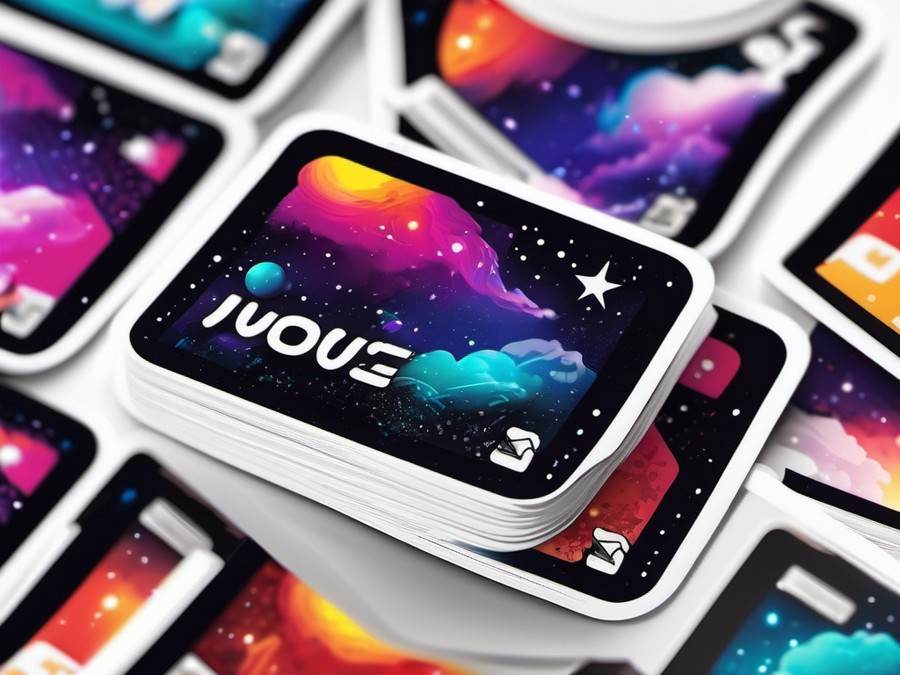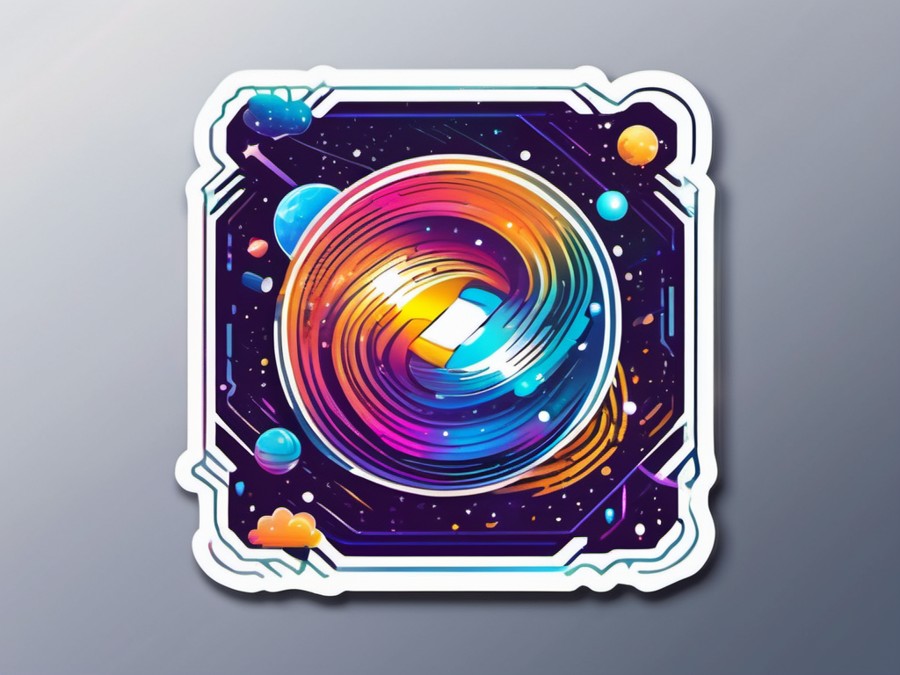· Charlotte Will · Memory Cards · 8 min read
What is the Benefit of Using a Faster Memory Card?
Discover the benefits of using a faster memory card for photography and videography. Learn how speed affects performance, understand class ratings, and find the best card for your needs. Don't miss a moment—upgrade to faster today!

Welcome to our exploration of the world of memory cards. Ever wondered why speed matters when it comes to these tiny storage devices? Let’s dive in and discover the benefits of using a faster memory card.
Why Speed Matters: Understanding Memory Card Speeds
In the digital age, speed is everything. Whether you’re snapping photos or recording video, a faster memory card ensures you capture every moment without missing a beat. But what exactly is memory card speed, and how does it affect performance?
Memory card speed refers to the rate at which data can be read from or written to the card. This is often measured in megabits per second (Mbps) and can significantly impact how quickly your device can process information.
The Language of Speed: Decoding Class Ratings
When shopping for a memory card, you’ll encounter various class ratings. These can be confusing at first, but understanding them is key to making an informed decision.
SD Card Speed Class: This rating indicates the minimum write speed of an SD card, ranging from Class 2 (2 Mbps) to Class 10 (10 Mbps).
UHS Speed Class: Higher-speed cards are designated as U1 or U3, meaning they support a minimum write speed of 10 Mbps (U1) or 30 Mbps (U3).
Video Speed Class: For high-resolution video recording, look for cards with V6, V10, V30, V60, or V90 ratings. These indicate the minimum write speed necessary for recording 4K and 8K video.
Real-World Applications: When Speed Counts
Speed isn’t just a technical spec; it makes a real difference in how you use your device.
Burst Mode Photography: Capturing rapid-fire shots, like a sports event or fast-moving wildlife, requires a card that can keep up. A faster memory card ensures you don’t miss a moment and can store more images in less time.
4K Video Recording: Shooting high-resolution video demands significant write speeds. A slower card can cause dropped frames or interrupted recording, ruining your footage.
The Technical Side: Read and Write Speeds Explained
Understanding the difference between read and write speeds is crucial for optimizing your memory card’s performance.
Read Speed: This is how fast data can be accessed from the card, such as when you’re transferring files to your computer. Faster read speeds can significantly cut down on data transfer times.
Write Speed: This is the speed at which new data can be written to the card, affecting how quickly your device can capture and store information. For activities like burst mode photography or 4K video recording, write speed is vital.
Speed vs. Capacity: Finding the Balance
While speed is important, it’s not the only factor to consider. You also need to balance speed with storage capacity.
A faster card might have less storage space, which could be an issue if you’re shooting longer videos or a large number of high-resolution images. However, with the right balance, you can enjoy both speed and sufficient storage for your needs.
Common Concerns: Compatibility and Limitations
Not all devices support the fastest memory cards, so compatibility is essential. Check your device’s manual to ensure it supports the speed class of the card you choose.
It’s also important to note that while a faster card offers benefits, it won’t improve the quality of your photos or videos. What it does provide is reliability and speed, which are invaluable for certain activities.
Speed Benefits in Photography: Capturing the Moment
For photographers, speed is a game-changer.
Burst Mode: Perfect for action shots, burst mode allows you to capture multiple images in quick succession. A faster memory card reduces lag time between shots, ensuring you don’t miss the perfect moment.
Reducing Lag Time: Even if your camera has a fast shooting speed, a slow memory card can cause delays in processing and storing images. A faster card minimizes this lag, keeping your workflow smooth.
Speed and Video: The Game-Changer
Videographers know the struggle of dropped frames and interrupted recordings. A faster memory card can transform your video experience.
Recording High-Resolution Videos: Whether you’re shooting in 4K, 8K, or even higher resolutions, a faster card ensures smooth, uninterrupted footage. It can handle the data-intensive nature of high-resolution video, preventing frame drops and other issues.
Smooth Playback: Faster read speeds also make playback smoother, allowing you to review your footage without delays or buffering.
Post-Processing: The Hidden Advantage of Faster Cards
Speed isn’t just about capturing data; it also plays a significant role in post-processing.
Quicker Data Transfer: Faster read speeds mean you can transfer your files to your computer quickly, saving time in your workflow. This is particularly beneficial if you’re dealing with large files, like high-resolution images or video.
Saving Time in Your Workflow: By reducing the time it takes to transfer and organize your files, a faster memory card allows you to focus more on the creative aspects of your work.
Speed in Professional Settings: The Demand for Quality
In professional settings, reliability and performance are critical. A faster memory card meets these demands, ensuring your equipment doesn’t let you down in high-stakes scenarios.
Meeting Professional Needs: From sports photographers to filmmakers, professionals rely on their equipment to perform flawlessly. A faster memory card provides the speed and reliability necessary for high-quality work.
Speed and Innovation: Staying Ahead of the Curve
Technology is always evolving, and a faster memory card can future-proof your gear for upcoming innovations.
Future-Proofing Your Gear: With the rise of 8K video and other high-resolution formats, having a faster memory card ensures you’re ready for the next big thing.
The Role of Speed in Emerging Formats: New technologies often demand more from your hardware. A faster memory card can handle the increased data loads, ensuring compatibility with emerging formats and standards.
Myths Debunked: Common Misconceptions About Memory Card Speeds
There are several misconceptions about memory card speeds that it’s important to address.
Does Higher Speed Mean Better Quality?: No, speed doesn’t affect the quality of your photos or videos. It only affects how quickly data can be read from or written to the card.
Do You Need the Fastest Card for Every Situation?: Not necessarily. If you’re primarily taking still photos and not shooting in high-resolution video, a slower card might suffice. However, for certain activities like burst mode photography or 4K video recording, a faster card is recommended.
Real-Life Stories: When Speed Made All the Difference
Let’s take a moment to appreciate some real-life examples where speed made all the difference.
The Action Shot: A wildlife photographer was trying to capture a shot of a cheetah in action. With a slower memory card, the lag time was too long, and he missed the perfect shot. Upgrading to a faster card allowed him to capture stunning images of the cheetah in motion.
The Wedding Video: A videographer was recording a wedding ceremony when the bride walked down the aisle. With a slower card, the video started dropping frames, ruining the shot. Switching to a faster card ensured smooth, uninterrupted footage of this precious moment.
Practical Tips: Choosing the Right Memory Card
So, how do you choose the right memory card for your needs? Here are some practical tips.
Recommendations Based on Your Specific Needs: If you’re primarily taking still photos, a U3 or V30 card should suffice. For high-resolution video recording, consider a V60 or V90 card.
Top Picks for Various Scenarios: For photography, the Sandisk Extreme Pro offers excellent speeds and reliability. For video, the Sony TOUGH series provides robust performance and durability.
Conclusion: The Verdict on Faster Memory Cards
In conclusion, the benefits of using a faster memory card are clear. From capturing action shots to recording high-resolution video, speed makes a real difference in how you use your device. By understanding the language of speed and choosing a card that meets your specific needs, you can optimize your performance and ensure you never miss a moment.
So, the next time you’re shopping for a memory card, consider speed as a critical factor. Your device—and your photos and videos—will thank you for it.
FAQs: Answering Your Burning Questions
1. What is the difference between read and write speeds? Read speed refers to how quickly data can be accessed from the card, while write speed indicates how fast new data can be written to it. Both are crucial for optimizing your memory card’s performance.
2. Do I need a faster memory card if I’m only taking still photos? For still photography, a slower card might suffice. However, if you’re using burst mode or taking high-resolution images, a faster card can provide benefits.
3. What speed class should I look for if I’m recording 4K video? For 4K video recording, you should look for a card with at least a V30 rating. This indicates the card supports a minimum write speed of 30 Mbps, necessary for handling the data-intensive nature of high-resolution video.
4. Can a faster memory card improve the quality of my photos or videos? No, speed does not affect the quality of your photos or videos. It only affects how quickly data can be read from or written to the card.
5. How do I choose the right memory card for my needs? Consider your specific usage. If you’re primarily taking still photos, a U3 or V30 card should suffice. For high-resolution video recording, look for a V60 or V90 card. Also, consider the brand and reviews to ensure
That wraps up our exploration of the benefits of using a faster memory card. Stay tuned for more insights into the world of tech and photography!




